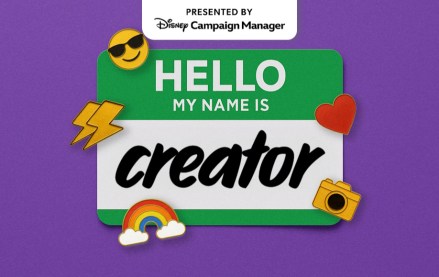Join us Oct. 15-17 in Phoenix to connect with top media buyers
Increasingly, publishers are seeing that less is more when it comes to producing content.
Publishers including the Guardian, News UK’s The Times of London and Le Monde have trimmed the number of articles they publish, leading to a growth in audience traffic, higher dwell times and ultimately more subscribers.
Over the last year, the Guardian cut its weekly output by one-third after it detected, by using its real-time analytics tool Ophan, that no one was reading a huge chunk of the journalism produced by the publisher, according to Chris Moran, the Guardian’s editor of strategic projects. The subsequent change in volume led to traffic growth, tweeted Guardian editor-in-chief Kathrine Viner. In December 2019, the Guardian had 25 million monthly unique users in the U.K., a rise from 23.4 million the previous year, according to Comscore.
From 2017 to 2019, French subscription publisher Le Monde reduced its total number of articles 25% while growing its newsroom staff to 500 journalists. Its online audience rose 11% and its print and digital circulation rose 11%, according to a tweet from Luc Bronner, Le Monde’s managing editor. Comscore reported that during December 2019, Le Monde had 9.1 million unique monthly users in France; that’s a rise from 8.4 million in December 2018.
Last summer The Times of London published 15% fewer stories on its online Home News section after learning that its stories without additional or exclusive content underperform with readers. Following the change in story output, dwell time in the section has increased: Readers of The Times smartphone app spent on average 28 minutes each day on the Home News section; that’s a 25% rise as compared with the same stretch the prior year, according to the publisher.
Media analyst Thomas Baekdal cited several elements at play as publishers migrate from print to digital production. Publishers can now granularly track audience metrics on individual articles, as well as how much revenue, from ads or subscriptions, each online article generates. Certain online stories have a huge reach while others are never seen, regardless of the quality of the article. That’s because people read a smaller number of individual news articles when consuming news online. But people peruse print publications from cover to cover, meaning a wider number of articles are seen but not necessarily read. And due to the infinite nature of the internet, online publishers might be tempted to produce content in abundance in search of revenue.
“Whether a digital magazine publishes 100, 500, or 1,000 articles makes no difference” to the reader, Baekdal said. “It’s the quality and interest of the articles that matter instead. We see this clearly on YouTube, where the most popular YouTubers rarely post more than once or twice a day. Publishers look at this, do the analysis, and they discover that when they cut away the not valuable, nobody realizes that it is gone.”
As their reader-revenue strategies evolve, publishers have gained a more nuanced understanding of newsroom metrics. According to Moran, 1,000 Guardian employees a month use Ophan to track pageviews and readers’ time spent on pages.
Publishers are moving away from last-touch attribution models that give full credit to the final article that a reader clicked on before signing up for subscription. The Guardian knows “very well” that its environmental coverage converts people to donate, Moran said. This fits with the Guardian’s ethos, but too much focus on these data points can bend the journalism in the wrong direction, he said. In many newsrooms reporters are now considering how their stories can drive subscriptions, as Digiday has previously reported; this has led to changes in how reporters manage their time and their reporting style.
From 2017 to 2019, The Post and Courier of Charleston, South Carolina, increased its number of digital subscriptions 250%, from 1,700 to 6,000. Previously the local publication had issued 50 to 65 stories a day. After scrutinizing its output, the publisher cut its daily number of stories to 30 in-depth pieces. The Post and Courier also moved from measuring clicks and pageviews to tracking the amount of time readers spent with an article and their engaged minutes; these analytics show a clearer path to subscriptions, the publisher said. If a story did not attract 500 unique visitors and at least 1.2 minutes of engaged time, staffers re-evaluated it and adjusted the headline or keywords.
This type of analysis evokes newsroom concerns for publishers relying on subscriptions, though, Baekdal said. Publishers often find that the types of stories they produce the most of are often the least read, so they don’t generate as much ad revenue as the more widely read pieces. This leads to difficult decisions about whether publishers should cut back on premium content (that typically costs more to produce), change the ratio of non-premium to premium content, or tweak the pricing of subscriptions, so that people start to read more of what the newspaper wants them to read, he said.
More in Media

Mitigating ‘Google risk’: The Independent maps four-pillar growth plan for the AI era
The Independent has built its growth strategy around the “blue links risk” and has stopped measuring its success by audience reach.

Advertising Week Briefing: Creators emerge as the industry’s new power brokers
Advertising Week has had creator-focused content tracks in past years, but the rising presence of content creators at this year’s event represents an evolution in how creators are engaging with advertisers, both at industry conferences like Advertising Week and in general.

From walls to frameworks: Publishers and tech giants push weekly talks on AI content use
More than 70 companies gathered for the workshop, roughly half of whom were publishers – a handful from Europe.








